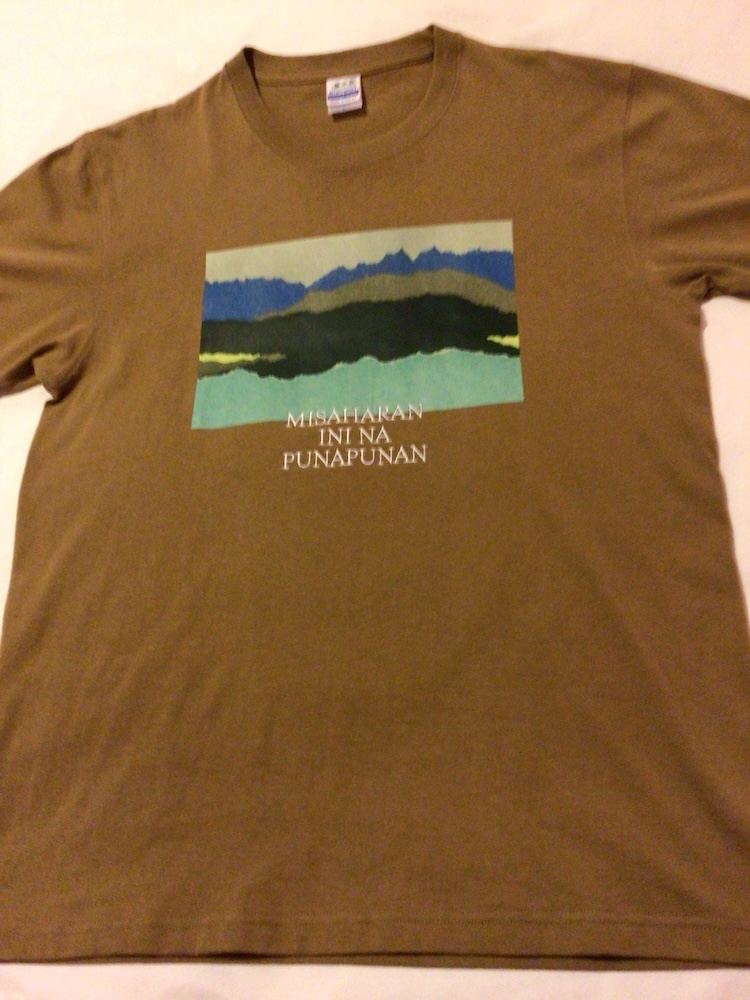Resuscitating a moribund language
One Man’s Mission to Revive an Indigenous Language in Argentina
This Language Was Long Believed Extinct. Then One Man Spoke Up.
Blas Jaime has spent nearly two decades resurrecting Chaná, an Indigenous language in Argentina that he learned from his mother. Blas Omar Jaime has, in many ways, placed the Chaná Indigenous group back on the map.
NYT (1/13/24), by Natalie Alcoba; Photographs and Video by Sebastián López Brach
To revive a half-dead language is not an easy task.
As a boy, Blas Omar Jaime spent many afternoons learning about his ancestors. Over yerba mate and torta fritas, his mother, Ederlinda Miguelina Yelón, passed along the knowledge she had stored in Chaná, a throaty language spoken by barely moving the lips or tongue.
Read the rest of this entry »


